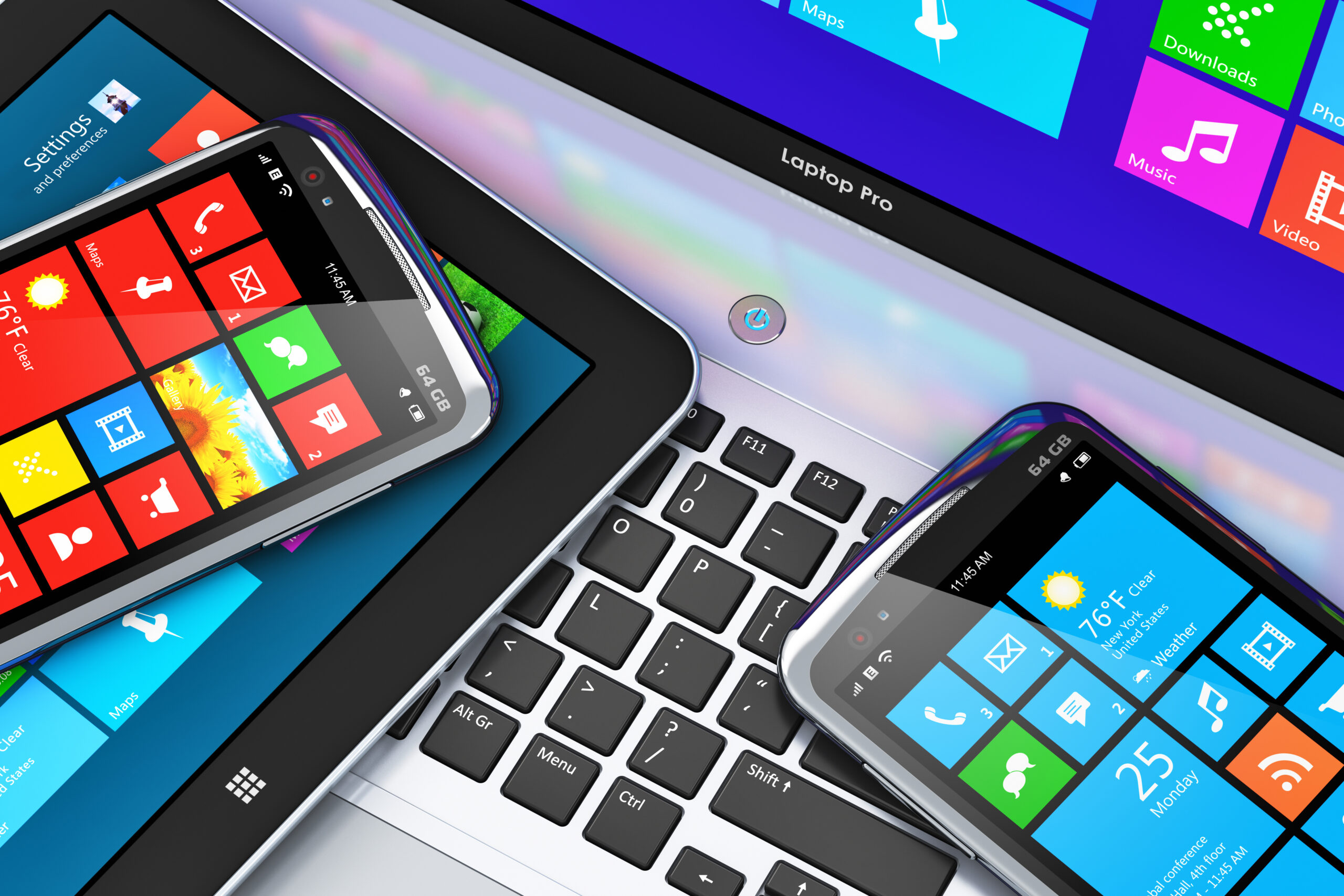ARCOA’s Process: Where Do Your Old IT Assets Go?
Properly disposing of old IT assets and equipment, as well as destroying data properly, is crucial for businesses to ensure the security of sensitive information and comply with legal and regulatory requirements. In today’s digital age, businesses rely heavily on technology to store and process vast amounts of data. However, when it comes time to upgrade or just get rid of outdated equipment, it is essential to handle the disposal process carefully.
Why is Certified Electronic Recycling So Important?
One primary reason for proper certified disposal is data security. Many businesses store confidential customer information, employee records, financial data, and intellectual property on their IT assets. Failing to dispose of these assets properly can leave this sensitive information vulnerable to unauthorized access or misuse. Cybercriminals are constantly evolving their tactics to exploit any weaknesses in data security measures. Therefore, businesses must take proactive steps to safeguard their information by ensuring that old equipment is securely wiped clean or destroyed.
Another important consideration is compliance with legal and regulatory requirements. Various laws and regulations govern the handling and disposal of electronic waste (e-waste) as well as the protection of personal data. Failure to comply with these regulations can result in severe penalties and damage a company’s reputation.
Proper disposal practices also contribute to environmental sustainability efforts. Electronic devices contain hazardous materials such as lead, mercury, cadmium, and other toxic substances that can harm human health and the environment if not disposed of correctly. Recycling IT assets through certified e-waste management companies—also known as advanced technology recycling—ensures that harmful components are safely extracted or recycled while minimizing environmental impact.
The ARCOA Process—Tracking Your Assets Every Step of the Way
When you choose ARCOA for proper disposal of your IT assets, whether it’s old computer disposal you are looking for or disposal of servers, printers, or multifunction devices, you get the peace of mind of knowing that the process is done correctly. In fact, as expert remarketers and recyclers of old IT assets, we feel that transparency is critical for all our clients. The following will help you understand where your assets are throughout every stage of the disposal process.
Where Do Your Reusable Assets Go?
Once your equipment arrives at our ITAD facility, our highly trained staff will perform an in-depth inspection of the equipment’s condition to determine which of our processes—remarketing or recycling—will be used. Those items that pass both technological cut lines and cosmetic conditions are fully tested for functionality and data is collected on make, model, serial number, component specifications, functionality, and cosmetic grade so that it can be resold into the secondary market.
Prior to leaving our facilities, all data-bearing devices are wiped/destroyed per NIST 800-88 standards. At ARCOA, we practice the most stringent data sanitation processes and treat all equipment we service with the utmost sensitivity for data privacy to give our customers the confidence and peace of mind that their data has been handled properly.
We sell tested usable equipment to various markets, both domestic and international. These items are tested, working, and are accompanied by a warranty. Newer equipment is more likely to be sold in domestic markets where it is used in other businesses, schools, or nonprofits. These buyers typically choose refurbished assets to help them expand their workforce while matching their existing equipment. Buying refurbished equipment also helps them keep their inventory active longer, lowers their turnover, and reduces their carbon footprint.
Internationally, we sell into Europe, Asia, and the Middle East under similar conditions as US markets to advanced refurbishers who then rebuild the equipment to their own specifications for resale in their markets. This process allows us to extend the useful life of far more equipment than if we restricted sales to within the US only.
Where Does Recycling Really Go?
If your assets are too old or damaged to be refurbished or are contractually required to be destroyed or recycled, we have you covered. ARCOA uses a multi-process approach to recycle electronics that begins by sorting all assets into different categories of recycling. Battery-containing devices or those with other hazardous materials are separated and processed by skilled recycling employees using proper mechanical and physical methods. Batteries are removed and end-taped prior to being sent to proper end-recycling markets that ARCOA pre-approves and audits. We use similar processes with other assets that contain materials like circuit boards, mercury containing lights, and other potential hazards.
Once these hazardous materials are removed, most equipment will be further disassembled by hand for parts harvesting and cleaning prior to going to end-markets for recycling or refining. For example, plastics will go to companies that further process the plastic into new pellets. Metal goes to metal yards where it is blended and melted into new metals. Circuit boards go to smelters where the precious and base metals are recovered for reuse in the economy.
The point is—nothing goes to waste!
Cosmetically challenged and older equipment that is within current technical specifications but still not salable is broken down to component levels and parts after data sanitization. If it is allowed by clients, these components are then sold into the repair markets to help extend the lives of other equipment.
The remaining non-resalable parts are recycled into new metals or plastics in domestic and international markets. All end-of-life markets are properly vetted prior to shipment to guarantee proper handling of the materials and the following of all federal, state, local and international laws.
Equipment that cannot be resold into secondary markets and refurbished to extend its life cycle will be recycled. When equipment is recycled, the goal is to recover as much material as possible. The raw materials recovered from the various components of electronic equipment include ferrous and non-ferrous metals, plastics, circuit boards, and glass. To recover these materials in the recycling lifecycle, processes that include manual dismantling, mechanical shredding and separation, and smelting are often used.
All materials and components that are recovered for recycling by ARCOA are sent to our vetted, downstream partners. The vetting of a downstream partner is a lengthy process that includes both on-site and off-site audits by ARCOA staff that cover a vendor’s facilities, operations, personnel, documentation, and internal and external controls. Importantly, ARCOA only ships materials for recycling to approved and permitted facilities within the United States and all materials that are sent for recycling are tracked through the entire process to their final destination.
Get Started or Learn More About IT Asset Disposition
At ARCOA, we believe in complete process transparency to give our clients the peace of mind they need when disposing of IT assets. If you want to learn more about the ARCOA process or are ready to get started, contact us today.
RELATED INSIGHTS

Windows 11 and Device Management: What You Don’t Know Can Hurt You!
One of the most overlooked—but critical—steps in the IT asset disposition (ITAD) process is ensuring that devices are fully...

E-Waste Legislation: What Businesses Need to Know in 2025
The evolving landscape of electronic waste (e-waste) management is a critical issue in global sustainability efforts, presenting both challenges...
LET’S GET STARTED
Ready to put your retired IT assets to work for your business? Contact us to get the conversation started or request a quote. ARCOA has all the solutions you need to turn old IT assets into new revenue.
Talk to an Expert![$img['alt']](https://www.thinkarcoa.com/wp-content/uploads/2023/08/ARCOA-Where-Does-Stuff-Go-Blog.jpg)